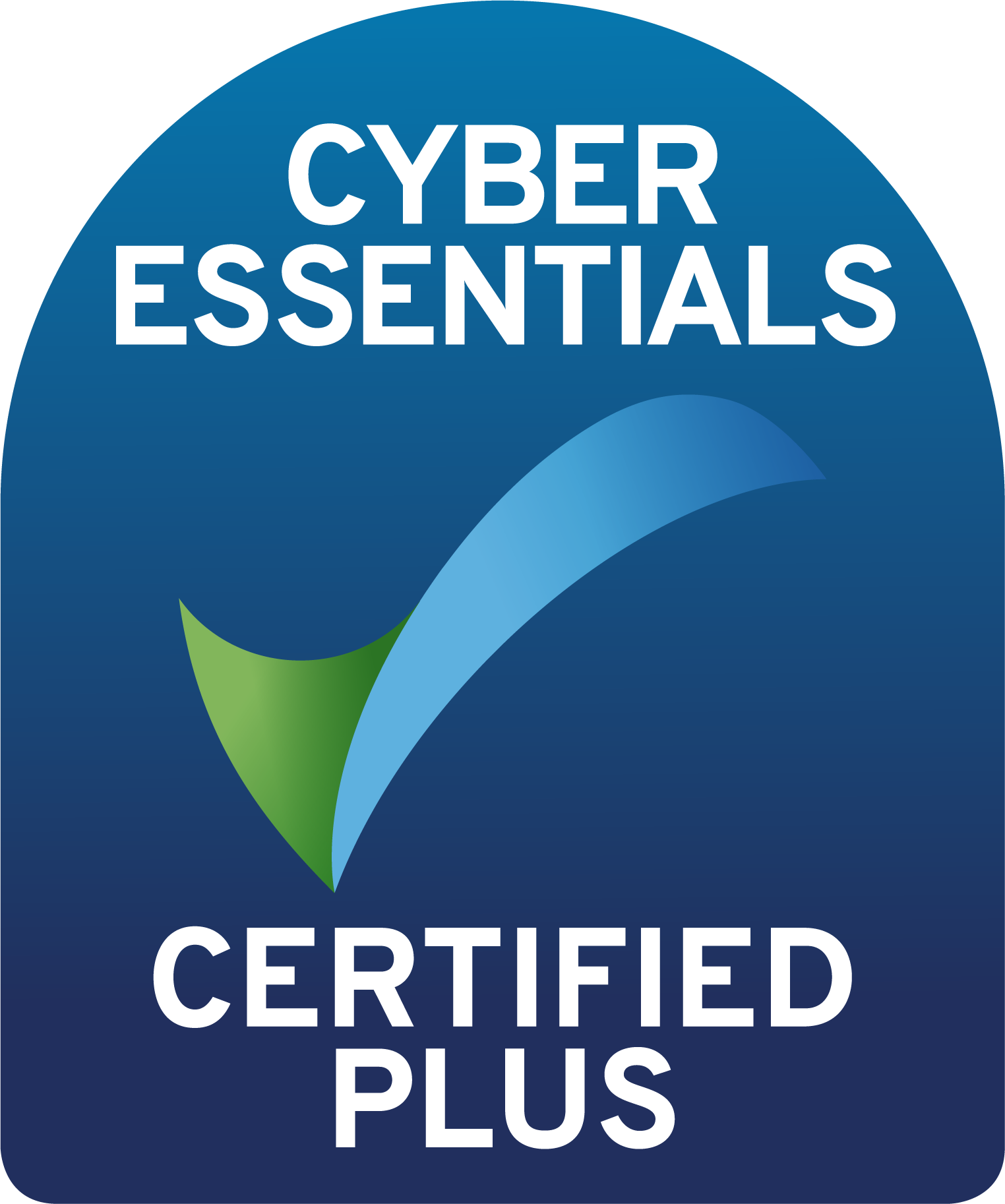Azure Virtual Machine – Understanding the solution options
When it comes to Azure virtual machine, they present their services on varying SKUs (product codes) or naming conventions and therefore can be difficult to decipher what exactly constitutes as general purpose compute, compute optimised, memory optimised, storage optimised or more. This blog hopes to explain and help distinguish the different naming elements enabling a more informed decision when choosing what suits your application or service best.
To ensure this helps to reveal some of the complexities of the naming conventions set out by Microsoft Azure we look to highlight useful trends or patterns to understand the scale of their offerings. Once understood, it becomes simpler to decipher the iterations available.
Microsoft Azure Virtual Machine Series
Microsoft Azure follows a pattern “Series” along with the alphabet whereby lower level virtual machines start on the A-Series for entry-level VM’s, B-Series for Economical burstable VMs, D-Series for General Purpose through to H-Series for High-performance Compute, Mv2-Series for large memory optimised Virtual machines and G-Series for GPU Enabled Virtual Machines.
Azure Virtual Machine General Purpose Optimised Compute – Most widely used for a wide variety of applications
The most commonly used service from Azure Virtual Machine is General Purpose Compute which covers most production workloads, which tend to offer a combination of different vCPUs, memory and temporary storage attached to the virtual machine.
Under the Microsoft Azure banner, D-Series virtual machines provide the service for General Purpose Compute through varying v3, v4 and v5 iterations which mainly equate to the underlying processor.
- Intel Xeon E5 processors in D v3 versions
- Intel Xeon Platinum 8272CL processors in D and Dd v4 versions
- Intel Xeon Platinum 8370C (hyperthreaded) under D and Dd v5
- 3rd Generation AMD EPYC (trademark) processors are also available through the Das and Dads v5-series.
Azure Virtual Machine Pricing – General Purpose Compute
A comparison table below provides similar virtual machines with varying vCPU, RAM and managed disks. These are based on the underlying Operating System being a Windows Server instance, but doesn’t take into account egress charges, speeds of SSDs and any snapshots/backups.
D4 v3 – Intel Xeon E5 Processor
- 4vCPUs
- 16Gb RAM
- 100Gb temporary storage
- 2x 64GiB Managed SSD Disks
Monthly Cost On-Demand
Approximately
£233.00 per month
D9d v5 – Intel Xeon Platinum
- 8vCPUs
- 32Gb RAM
- 300Gb temporary storage
- 2x 64GiB Managed SSD Disks
Monthly Cost On-Demand
Approximately
£494.00 per month
D16a v4 – AMD EPYC Processor
- 16vCPUs
- 64Gb RAM
- 400Gb temporary storage
- 2x 128GiB Managed SSD Disks
Monthly Cost On-Demand
Approximately
£894.00 per month
Azure Virtual Machine Memory Optimised Compute – Suited for memory intensive applications
As a secondary comparison, we will be looking at memory optimised VM’s. Just like General Purpose, there tends to be the most options to chose from here.
Microsoft Azure memory optimised virtual machines sit under the E-Series and are configured based on high memory to core ratios, making them ideally suited for memory intensive applications, database servers, analytics workloads and more.
- E and Ed v4 virtual machines are based on Intel Xeon Platinum processors with these series accommodating up to 504Gib RAM, including fast and large local SSD storage to benefit from low latency and high-speed storage – these machines do not have temporary storage attached to them.
- The next bracket starts on the v5 iterations providing a better performance CPU under the Intel Xeon Platinum 8370C processor, but capable of achieving up to 672GiB RAM. These VMs also come with or without local temporary storage (unlike the v4 iteration) and can scale to 104vCPUs.
- AMD sockets are under the Ea and Eas v4 Azure VM-series feature the AMD EPYC™ 7452 processor and provide up to 96 vCPUs, 672 GiBs of RAM and 2,400 GiBs of SSD-based temporary storage.
- The Eas and Eads v5 VMs are based on the 3rd Generation AMD EPYC™ 7763v (Milan) processor. The VM series provide sizes with and without local temporary storage and seem to provide a better price point for most general-purpose workloads compared to the prior Ea and Eas v4 generation.
Azure Virtual Machine Pricing – Memory Optimised Compute
A comparison table below provides similar virtual machines with varying vCPU, RAM and managed disks. These are based on the underlying Operating System being a Windows Server instance, but doesn’t take into account egress charges, speeds of SSDs and any snapshots/backups.
E8 V5 – Intel Xeon Platinum
- 8vCPUs
- 64Gb RAM
- No temporary storage allocated
- 2x 128GiB Managed SSD Disks
Monthly Cost On-Demand
Approximately
£535.00 per month
D9d v5 – Intel Xeon Platinum
- 48vCPUs
- 364Gb RAM
- 1800Gb temporary storage
- 2x 128GiB Managed SSD Disks
Monthly Cost On-Demand
Approximately
£3406.00 per month
E32a – AMD EPYC Processor
- 32vCPUs
- 256Gb RAM
- 800Gb temporary storage
- 2x 128GiB Managed SSD Disks
Monthly Cost On-Demand
Approximately
£2094.00 per month
As previously mentioned, there is a variety of different instance types of Azure Virtual Machine with this guide only scratching the surface due to only focusing on two particular service types. It is interesting to see that Azure Virtual Machines understand their customer platforms providing a balance of varying Intel and AMD processors for different environments providing the customer choice.
It also amplifies the focus on innovation of these areas and upgrading their underlying infrastructure to encompass changing customer workloads and applications. The pricing tables help to provide a basic level of Azure Virtual Machine pricing, although considerations still need to be made for networking/egress bandwidth charges, speeds of storage, connectivity between on-premise and data centres through to backups/snapshots that need to be considered if running fully cloud based.











